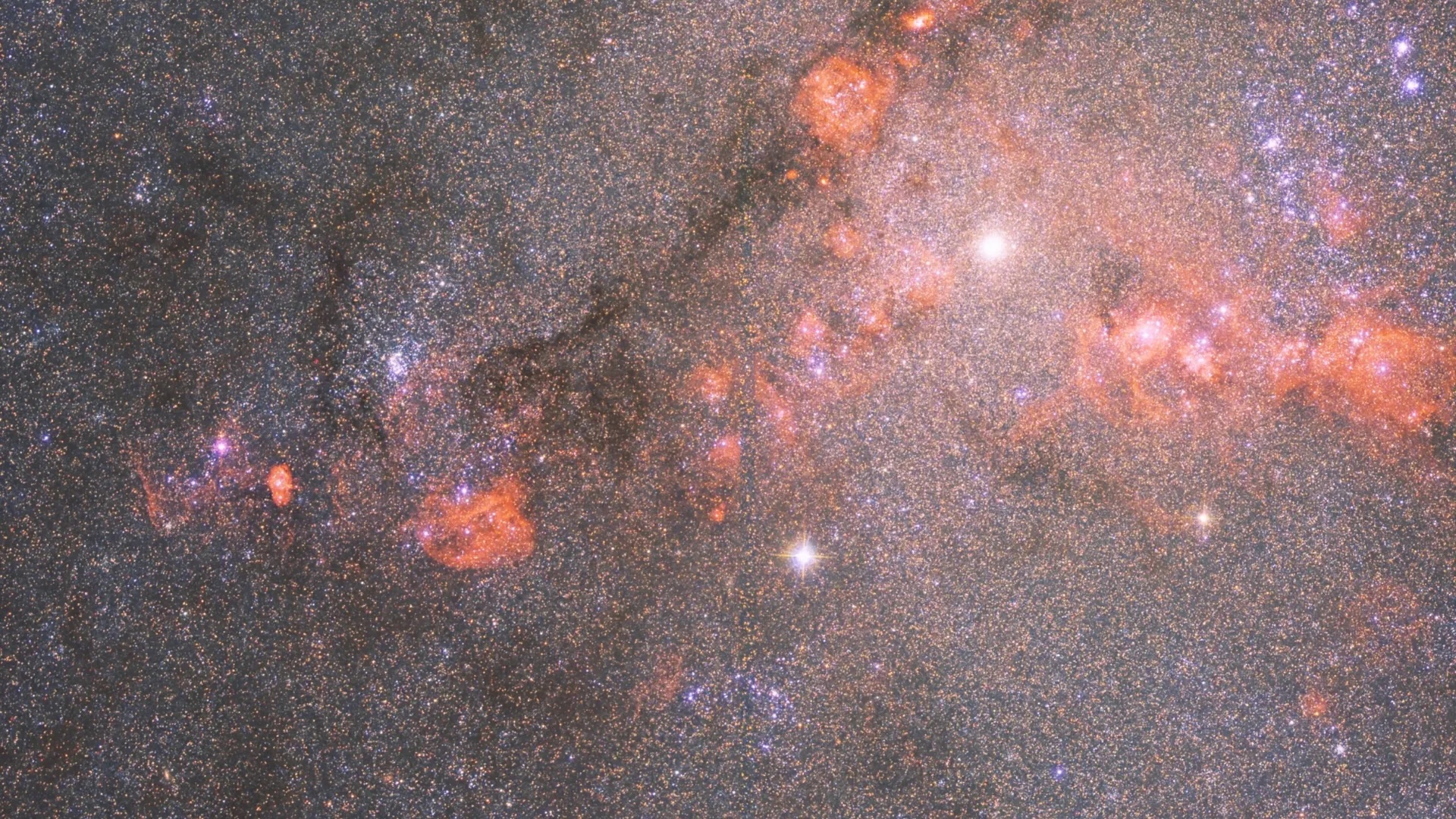Spectroscopy Journal, Vol. 2, Pages 123-144: A Review on the Application of Machine Learning in Gamma Spectroscopy: Challenges and Opportunities
Spectroscopy Journal doi: 10.3390/spectroscj2030008
Authors: Mehrnaz Zehtabvar Kazem Taghandiki Nahid Madani Dariush Sardari Bashir Bashiri
Gamma spectroscopy is an important analytical technique across various fields. Gamma spectroscopy uses the energy spectra of emitted gamma rays to examine the type and quantity of isotopes that exist in samples. Like any other analytical technique, traditional gamma spectroscopy encounters challenges that in some cases make the analysis uncertain. Machine Learning (ML) algorithms have been proposed as an approach for enhancing the precision and robustness of gamma spectroscopy. The current study introduces the basics behind ML and illustrates how they are applied in gamma spectroscopy using case studies. Major findings discussed herein demonstrate the developmental capability that ML has in improving gamma spectroscopy. Radioisotope identification, optimizing detector performance, and simplifying environmental monitoring processes have been the main areas in which ML algorithms have been deployed for improvement. These include the ability to predict and provide real-time spectrometry, among others, even though these opportunities come with their shortfalls such as the necessity for huge training datasets. This review explains that integrating ML into gamma spectroscopy marks a major change from current analytic techniques, with possible further developments in radiation detection and environmental science. It serves as very useful material for those studying or practicing AI and gamma spectroscopy and want to know more about it or need guidance on what is happening so far regarding AI integrated into gamma spectroscopy analysis.

 1 month ago
22
1 month ago
22

